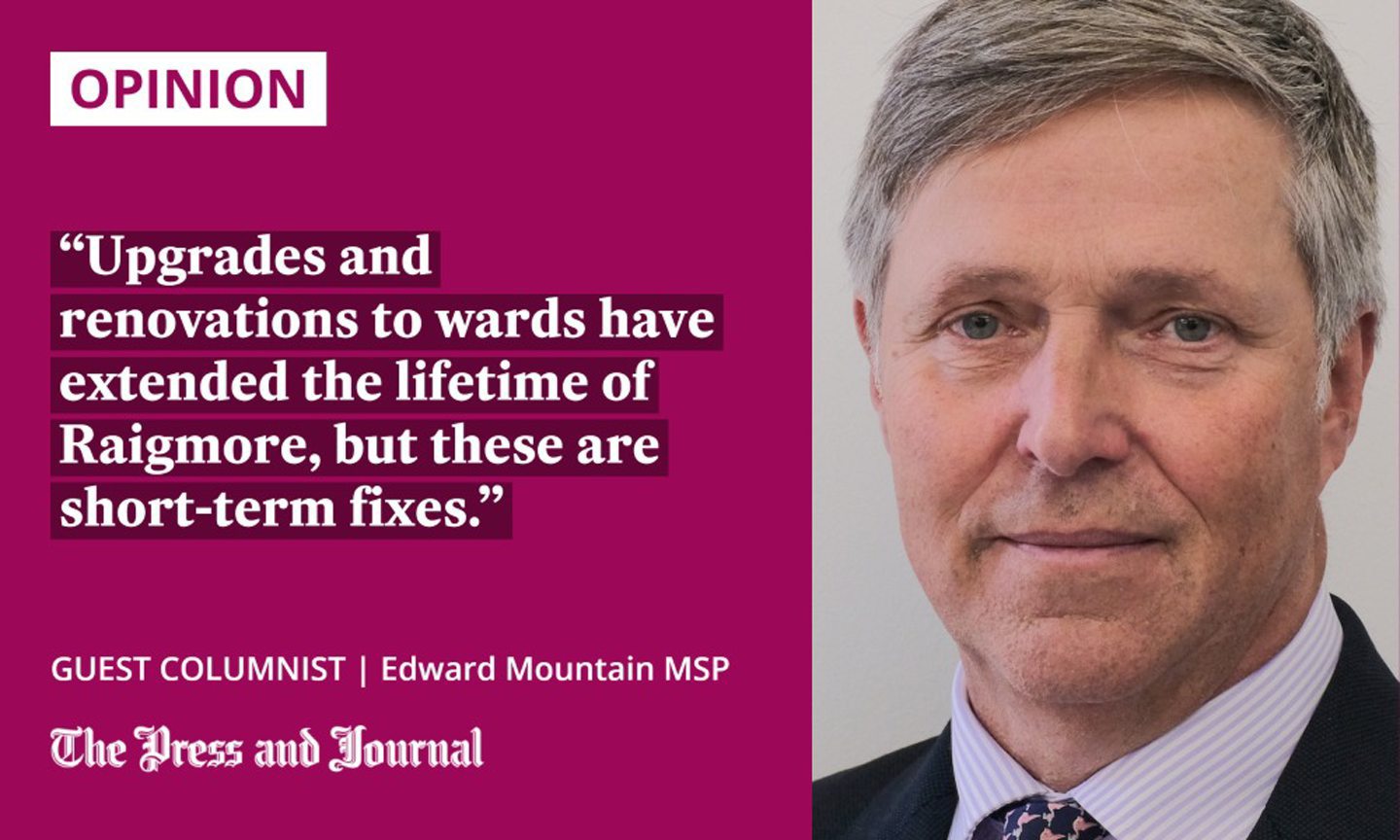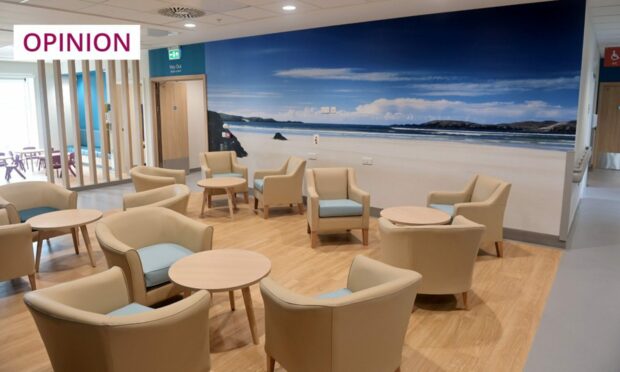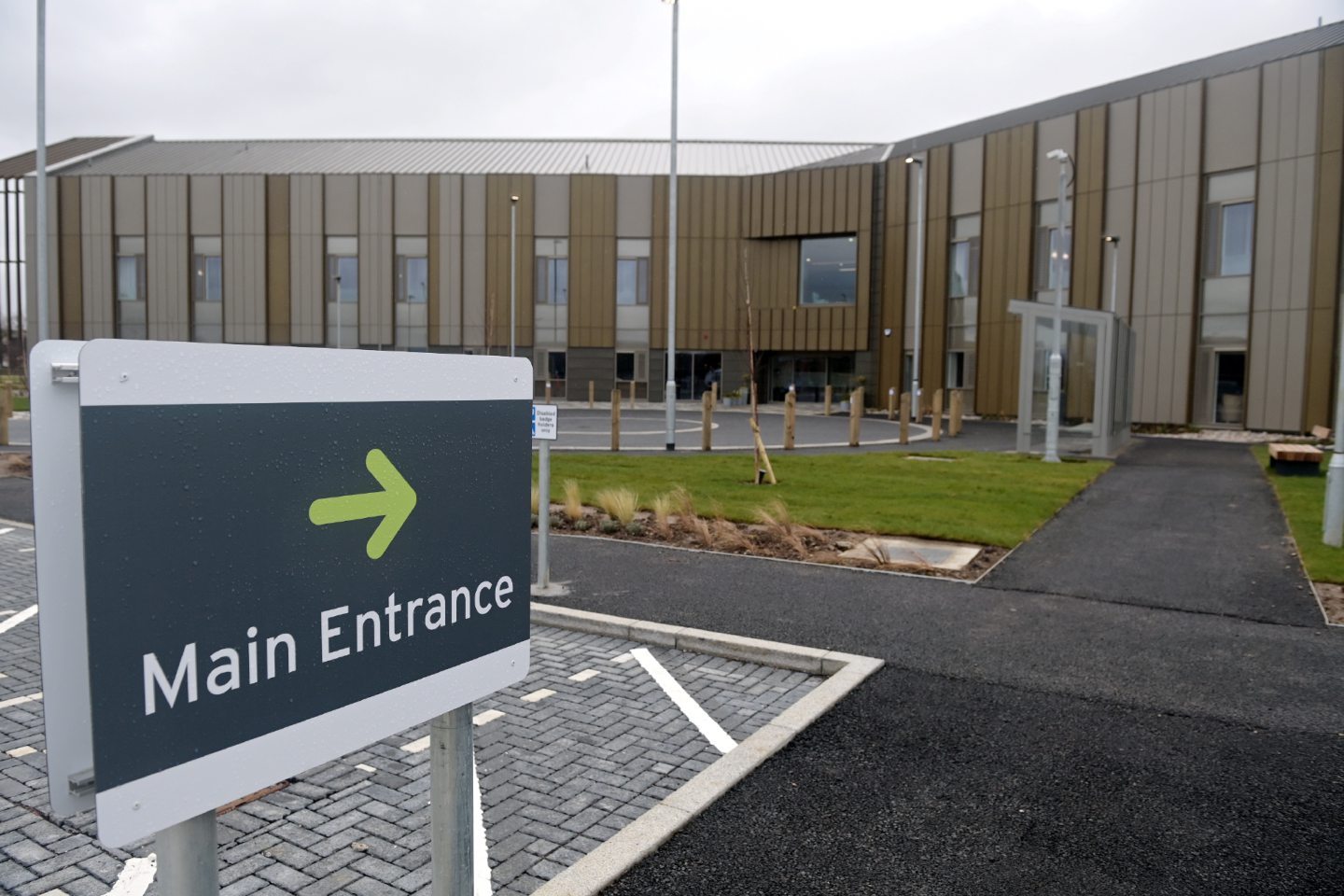This month, the Highland National Treatment Centre will finally open its doors to its first patients.
Having visited this newly built facility a few weeks ago, I was hugely impressed with its modern design, spacious patient rooms and treatment areas.
There is no doubt that the National Treatment Centre will be an asset for our region, which is exactly why I campaigned relentlessly for it to be delivered. Whilst it is sad that it is opening two years later than planned, it is clearly going to benefit the Highlands.
The creation of a new National Treatment Centre sits in stark contrast with the aging Raigmore Hospital in Inverness. Forty years on from its last significant update, Raigmore is beginning to feel like an outdated building, with services shoehorned into the site and limited room to expand wards.
Upgrades and renovations to wards have extended the lifetime of Raigmore, but these are short-term fixes. Piecemeal refurbishment here and there is no long-term solution, and can sometimes create even more problems.

For example, the Scottish Government has announced funding to upgrade Raigmore’s maternity unit. Having visited the unit recently, I can assure you that it needs to be modernised.
However, making improvements will likely mean rehousing the maternity unit in a different ward which, in turn, impacts on the service delivery of another health department. This is far from ideal.
It is clear to me that the Highlands require a brand-new acute general hospital which is fit for the 21st century and can replace Raigmore. I raised this point directly with our new first minister a few weeks ago at the Scottish parliament.
While Humza Yousaf stopped short of committing the Scottish Government to building a new hospital, he did state that there is “no doubt” that Raigmore will require significant refurbishment or a replacement. He also wanted to hear NHS Highland’s input on the way forward.
That is why I have written this week to the chief executive of NHS Highland, asking for its board to support the principle of my campaign to deliver a brand-new hospital for the Highlands. Should NHS Highland back my call, then the campaign to replace Raigmore could gather real momentum.
All Highland communities must get their say
I am under no illusion, though, that such a large-scale infrastructure project could be years in the making and potentially ready to open in the next decade. Deciding a location, purchasing a site, designing the facility, and securing planning approval all takes time. Therefore, it is crucial that we begin the process as soon as possible.
All Highland communities must be involved in having their say on what they need from a new acute general hospital. The proposals cannot be left entirely to the Scottish Government or the health board.
Community and clinical backing will be required to avoid repeating the same mistakes which were made when it came to changing maternity care provision in Caithness or Moray, for example.
I am hopeful that the delivery of a new hospital would create an opportunity to reconsider the model of healthcare provision across the Highlands.
Instead of centralising more services at a single site, we should consider introducing a hub and spoke model, whereby we draw upon the strengths of our local hospitals and revitalise them. This approach would mean our local hospitals are galvanised by working in closer partnership with the new hospital.
Another key benefit is that if we face another pandemic similar or worse to Covid-19, then our health service would have a greater capacity to both treat patients with infectious diseases, and also limit disruption to routine operations.
Ultimately, a new hospital must help to sustain our local hospitals across the Highlands and be as future-proof as possible.
Our region has got a taste of what modern medicine will look like with the completion of the new National Treatment Centre. However, we can’t stop there.
Indeed, the opening of this modern facility should act as our inspiration to replace Raigmore.
Edward Mountain is a Scottish Conservative politician and has been MSP for the Highlands and Islands region since 2016.


Conversation